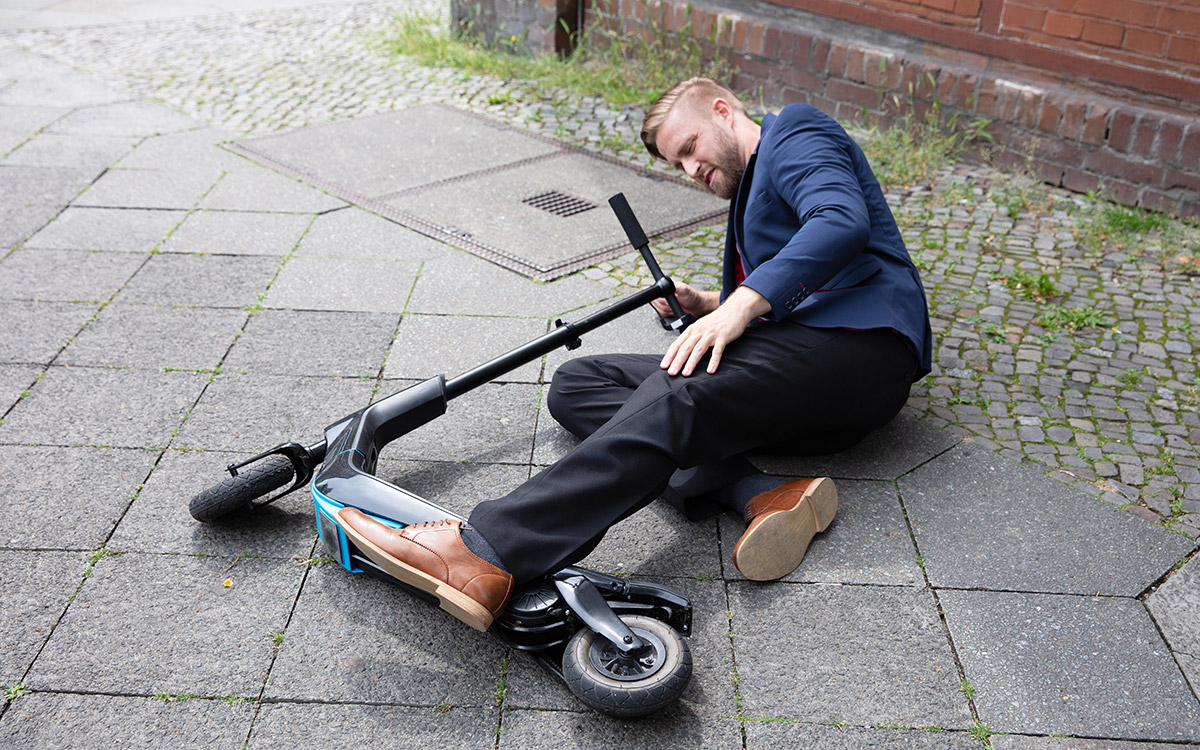Articles
Taking a Dog — or a Cat — on the Road

Life on the road feels different when you have a pet riding shotgun. A dog brings energy and companionship. A cat brings calm and independence. Either way, having a pet with you can make long stretches feel less lonely and give each stop a little more purpose. But traveling with an animal takes planning. The goal is to create a safe, predictable routine that keeps both you and your pet comfortable while the truck keeps moving.
Start With the Basics: Safety and Comfort
Animals adapt well to trucking when their core needs stay consistent. That starts with a safe space inside the cab. For dogs, many drivers use seat-belt harnesses or secure crates during heavy traffic or mountain routes. Cats usually travel best in a carrier that stays open once the truck is rolling, giving them the option to explore when conditions are calm.
Bedding makes a difference. A familiar blanket or bed helps pets settle quickly, no matter where you park. Keep water available at all times and secure it in a spill-proof bowl. Cab temperature matters too — if you’re stepping out for a shipper check-in or fueling, make sure the climate control stays steady.
Build Your Routine
Pets rely on rhythm. Drivers who bring an animal along usually set a daily pattern around walks, bathroom breaks, meals, and rest. Dogs thrive on short walks at every fuel stop or rest break. Cats benefit from predictable feeding times and a stable litter box location (many drivers place a small box under the bunk or in a corner lined with a mat).
A routine keeps your pet relaxed, and it also prevents issues like anxious pacing, excessive meowing, or accidents in the cab.
Plan for Pet-Friendly Stops
Some rest areas and truck stops have small dog-walking areas, but not all. Planning ahead helps you avoid stretches where safe walking space is limited. Apps that show pet-friendly hotels or parks can help during layovers, especially on longer resets.
Veterinary access matters too. Keep your pet’s records in the cab — shots, medications, microchip information, and your home vet’s contact details. Emergencies are rare, but when something goes wrong hundreds of miles from home, preparation helps more than anything.
Manage Hair, Odor, and Cleanliness
Pets bring comfort — and fur. A small hand vacuum, grooming brush, and a pack of wipes go a long way toward keeping the cab clean. Wash bedding regularly during home time. Keeping your sleeper tidy doesn’t just make life easier; it helps protect resale value and keeps you comfortable during long runs.
Know Your Pet’s Personality
Some dogs love the road. Others get nervous during long shifts. Cats can vary too — some sleep peacefully for hours, others want to explore at every stop. Pay attention to how your pet reacts during the first few trips. Ease into longer runs slowly so they can adjust without stress.
If your pet gets anxious, consider calming supplements or pheromone sprays after talking to your vet. Comfort and stability matter more than pushing big miles right away.
Traveling Together Strengthens the Journey
Drivers often say that having a pet on the road changes everything — long days feel lighter, nights feel steadier, and the cab feels more like home. Whether you’re hauling flatbed, running reefer, or searching for Mack trucks for sale to support your next move, having a four-legged co-pilot can make the lifestyle feel more balanced.
A little planning helps your dog or cat adapt comfortably. Once they settle in, they become a constant companion through every mile, every season, and every stretch of open road ahead.
-

 Rappers11 months ago
Rappers11 months agoGloRilla Net Worth: Height, Age, Bio, Real Name & Career
-

 Businessman11 months ago
Businessman11 months agoBrandon Fugal Net Worth: How Rich is Skinwalker Ranch Owner?
-

 Rappers3 years ago
Rappers3 years agoBigXthaPlug Net Worth: Height, Age, Real Name & Career
-

 TV Stars11 months ago
TV Stars11 months agoKaleb Cooper Net Worth: How Rich is the TV Star Actually?
-

 Internet Stars3 years ago
Internet Stars3 years agoMufti Menk Net Worth: How Rich is the Islamic Speaker Actually?
-

 TV Stars11 months ago
TV Stars11 months agoCarla Diab Net Worth: How Rich is the TV Star Actually in 2025?
-

 Businessman2 years ago
Businessman2 years ago7 Proven Lead Generation Strategies To Implement in 2023
-

 Rappers11 months ago
Rappers11 months agoDD Osama Net Worth: Height, Age, Real Name, Career & More
























You must be logged in to post a comment Login